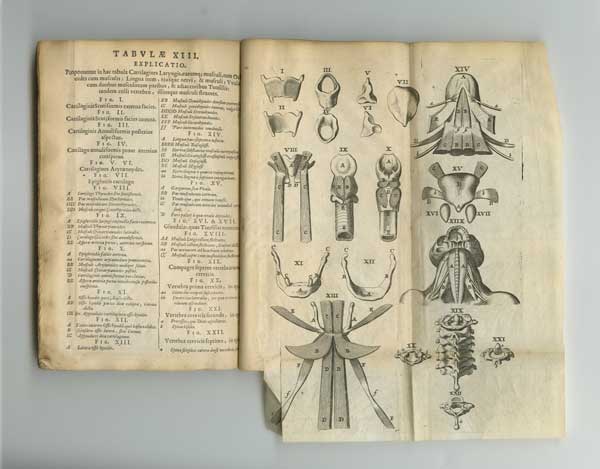The human respiratory system, a marvel of biological engineering, plays a pivotal role in our survival. It’s responsible for the exchange of gases – oxygen and carbon dioxide – which are crucial for the functioning of our cells and tissues. In this article, we’ll take a detailed journey through the respiratory system, following the path of a breath from the atmosphere to the body’s tissues and back again.

The Nasal Cavity: Where It All Begins
When you breathe in, the journey begins as air flows through your nostrils and enters the nasal cavity. This space is lined with cells that release mucus, a sticky substance containing lysozymes, enzymes that combat bacteria. Nose hairs trap dust, pollen, and bacteria, forming those familiar clumps known as boogers.
The Paranasal Sinuses: Air’s Pit Stop
Moving down the respiratory highway, the nasal cavity is connected to four sinuses – frontal, ethmoid, sphenoid, and maxillary. These sinuses not only help warm and moisten incoming air but also amplify your voice, making you sound different when they’re congested during a cold.
The Pharynx: The Crossroads of Breath and Food
As air travels further, it enters the pharynx, where the nasopharynx connects to the oropharynx. The soft palate and uvula form a protective flap, preventing food from entering the nasopharynx while you eat.
The Laryngopharynx: Ensuring Air and Food Go Separate Ways
Continuing on the journey, we reach the laryngopharynx, which connects to the larynx or voice box. Here, a crucial guardian called the epiglottis ensures that food goes down the esophagus and not into the airway. A cough reflex kicks in if anything other than air enters the larynx.
Trachea and Bronchi: Into the Lung Territory
The air finally enters the trachea, or windpipe, which splits into the two mainstem bronchi. Notably, the right bronchus is wider and more vertical, making it the favored path for foreign objects like peanuts. The bronchi further divide into smaller branches, and cartilage rings provide structural support.
The Role of Smooth Muscle: Sympathetic vs. Parasympathetic Nervous System
Beneath the cartilage, a layer of smooth muscle with beta 2 adrenergic receptors regulates airway diameter. During ‘fight or flight’ mode (sympathetic nerves), these receptors dilate the airways, while ‘rest and digest’ mode (parasympathetic nerves) constricts them.
Mucociliary Escalator: Nature’s Cleaning Crew
The large airways are lined with ciliated columnar cells and goblet cells that secrete mucus. This mucus traps particles, and ciliated cells move it toward the pharynx, where it can be expelled or swallowed – a process known as the mucociliary escalator.
Bronchioles: Navigating the Narrow Path
Beyond the bronchi, air flows into bronchioles, which are narrower and lack cartilage. Ciliated columnar cells, goblet cells, and club cells line these passages. Club cells produce glycosaminoglycans to protect the bronchiolar epithelium.
The Alveoli: Where the Magic Happens
The journey culminates in the respiratory bronchioles, which feature tiny outpouchings called alveoli. These microscopic structures, numbering around 500 million, are where gas exchange occurs. Type I pneumocytes, and some Type II pneumocytes that secrete surfactant, line the alveolar walls.
Blood-Gas Barrier: Separating Air from Blood
Separating the air within alveoli from the blood are thin epithelial cells and capillaries, glued together by a protein layer called the basement membrane. This critical interface is known as the blood-gas barrier, allowing carbon dioxide to diffuse out and oxygen to enter the bloodstream.
Conclusion
In the intricate world of human respiration, every breath takes us on a remarkable journey. Oxygen from the atmosphere nourishes our body’s tissues, while carbon dioxide makes its way back out. Understanding this process not only highlights the complexity of the respiratory system but also underscores its vital importance in sustaining life.
By diving into the details of our respiratory system, we gain a profound appreciation for the remarkable biology that keeps us alive and thriving. So, the next time you take a breath, remember the incredible voyage it embarks upon within your body.
In this blog post, we’ve explored the respiratory system’s anatomy and its crucial role in gas exchange. We hope you’ve found this journey through the breath both informative and fascinating. Stay tuned for more intriguing insights into the wonders of the human body!
